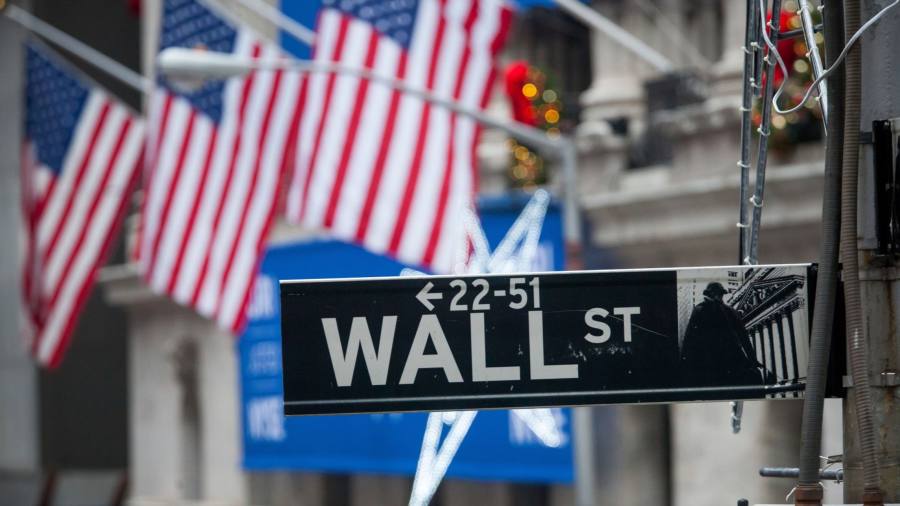European stocks and Wall Street futures edged higher on Friday after a volatile week of trading in which fears of a coming recession and persistently high interest rates resurfaced to dampen investors’ appetite for risk.
The regional Stoxx Europe 600 added 0.2 per cent, Germany’s Dax rose 0.3 per cent and London’s FTSE 100 gained 0.4 per cent.
In the US, contracts tracking Wall Street’s blue-chip S&P 500 and those tracking the tech-heavy Nasdaq 100 rose 0.2 per cent and 0.4 per cent respectively ahead of the New York open.
Friday’s equity market moves came after European Central Bank president Christine Lagarde and Federal Reserve vice-chair both pledged to “stay the course” on interest rate increases, signalling to markets that borrowing costs are unlikely to fall anytime soon. Signs of slowing US economic growth further dented investor confidence.
“In the past two months or so, equities and bonds have both cheered the early signs of disinflation and softening growth, as they reinforced the peak-rates narrative,” said analysts at Barclays. “But the ‘bad data is good news for equities’ mantra seems over now in the US.”
“In contrast, Europe appears to be in a sweet spot right now,” the bank continued. “Disinflation hopes have pushed yields lower despite a hawkish ECB, and improving economic sentiment due to falling energy prices and China reopening has pushed up equities.”
Wall Street stocks have indeed fallen out of favour, with global fund managers having cut allocations to the US stock market to their lowest level for 17 years, according to a closely watched Bank of America survey released this week. After years on the sidelines, European and emerging market stocks are back in vogue.
Hong Kong’s Hang Seng index and China’s CSI 300 have risen 50 per cent and 20 per cent respectively since the start of November as Beijing has reversed strict zero-Covid policies in place since early 2020. Both indices rose further on Friday.
Elsewhere, prices for Brent crude, the international oil benchmark, rose 0.7 per cent to $86.75 a barrel. A measure of the dollar’s strength against a basket of six peers was steady, with the currency having declined 8.6 per cent over the past three months.
Read the full article here



